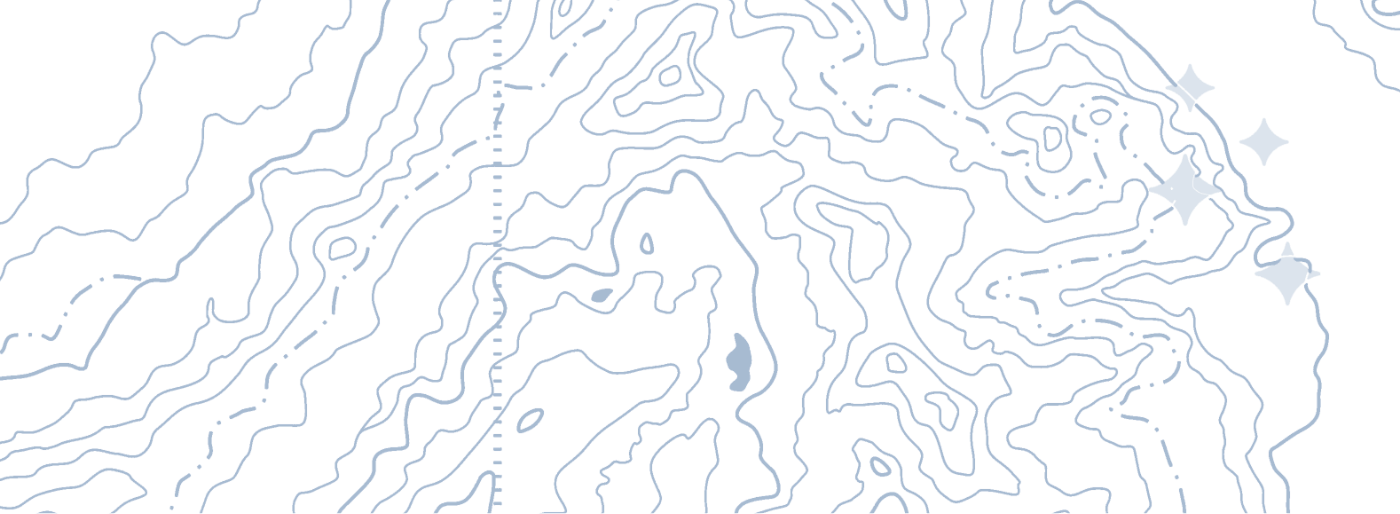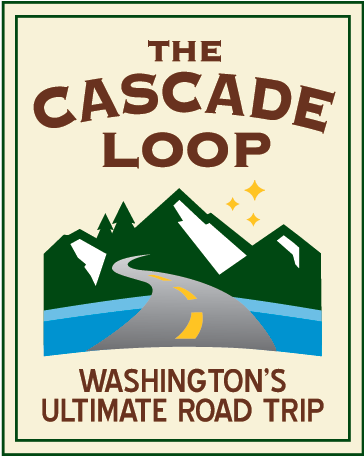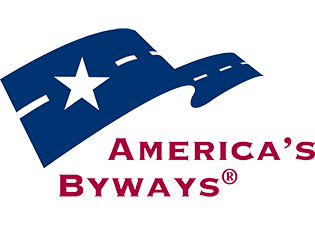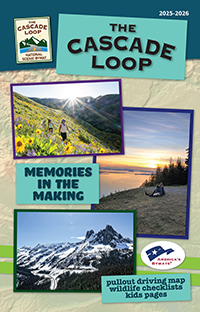North Cascades

Important Note About Winter
The North Cascades receive incredible amounts of snowfall each winter. Because of this abundant precipitation, Highway 20 will be closed from milepost 171 (west of Mazama) to milepost 134 (East of Diablo) each year, usually late November through late April. Check out the pass’s historic opening and closing dates at https://wsdot.wa.gov/travel/roads-bridges/mountain-pass-closure-and-opening-dates
North Cascades Visitor Services
Concrete Chamber of Commerce
360-853-8767
North Cascades Visitor Center
360-873-4150
North Cascades National Park
360-854-7200
Some Visitor Favorites!
Plan Your Adventure
Images from the North Cascades
Trip Tips and Stories





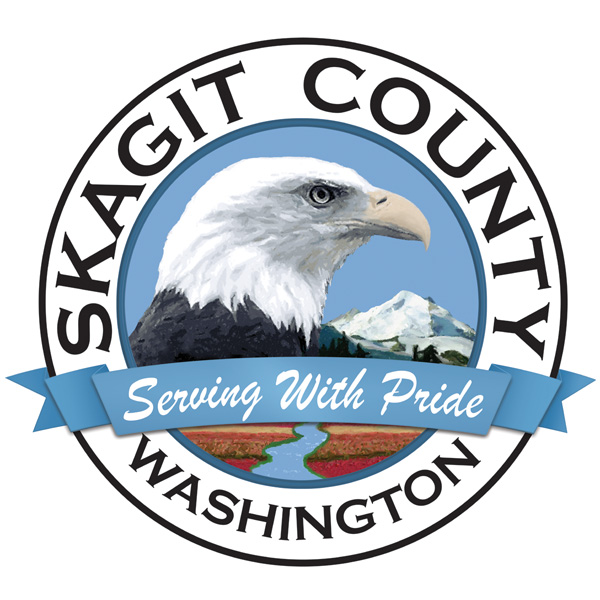
Next region as you travel counter-clockwise: Skagit Valley and Fidalgo Island
Previous region: Methow Valley
